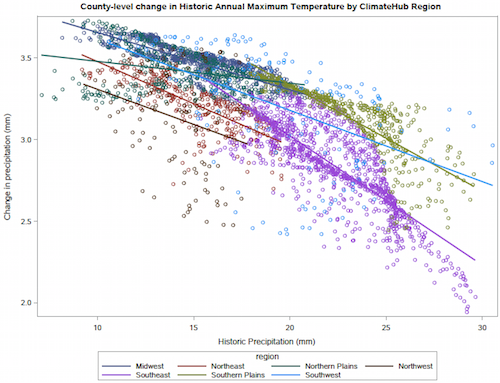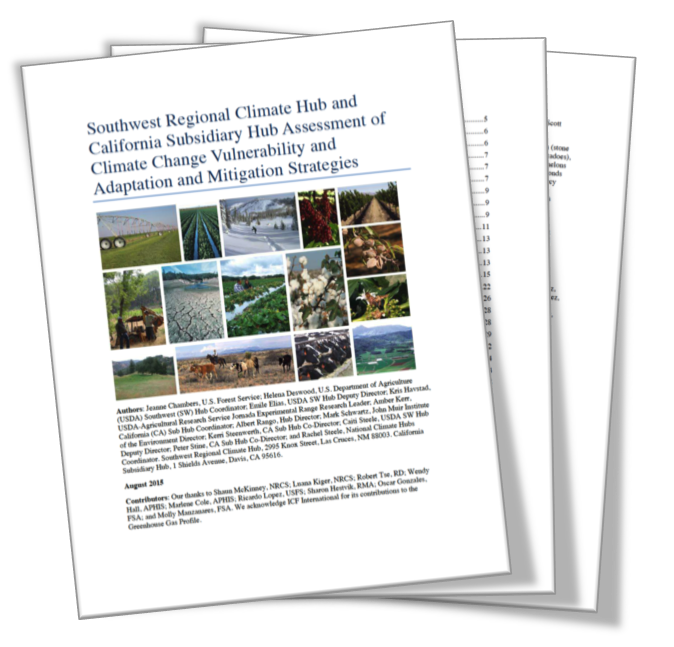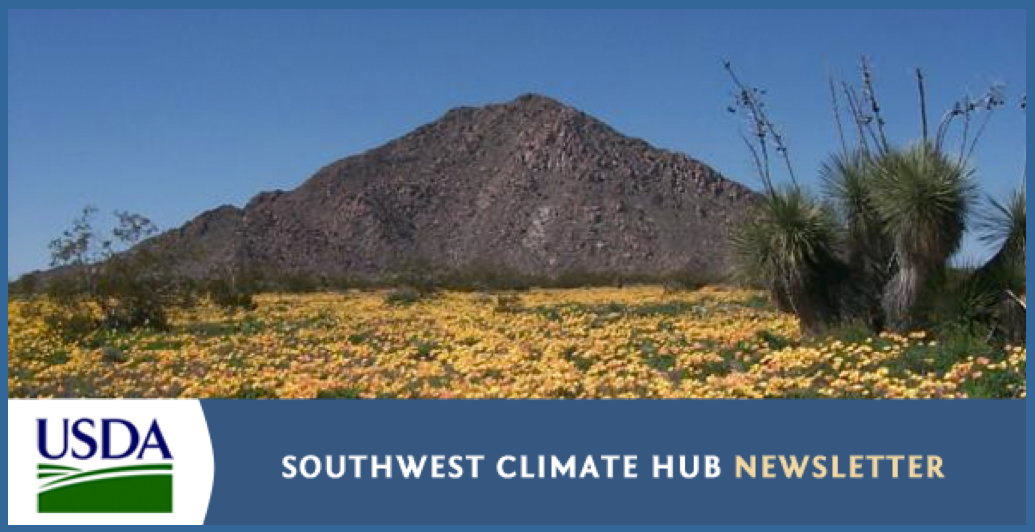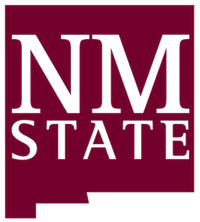- Data
- Videos
-
Publications & Research
-
Education
- Water Conservation Data Jam - Curriculum for 6th-12th Grade Students
- Climate Change and Wildfire – Curriculum Unit for 9-12 Grade Students
- Climate Change and the Carbon Cycle – Curriculum Unit for 9-12 Grade Students
- Where's Our Water? Water Conservation in the Southwest - Lesson for 6-8 Grade Students
- Climate Change and the Water Cycle - 10-Hour Curriculum Unit for 6-12 Grade Students
- The Effects of Climate Change on Agricultural Systems - 5-Hour Curriculum Unit for 6-12 Grade Students
- Cambio climatico y el ciclo del agua
- Webinars and Online Courses
- Websites
- News & Events
- About Us
- RMA
University of Nevada Cooperative Extension Workshops Focus on Drought
University of Nevada Cooperative Extension (UNCE) presented three workshops on the drought in Nevada, held at Cooperative Extension offices in Gardnerville, Fallon and Yerington. The workshops, now in their third year, comes at a time when people have been wondering if this winter will be another dry one. Experts in grazing, crop management, and irrigation efficiency gathered along with a forecaster with the Reno Office of the National Weather Service (NWS).
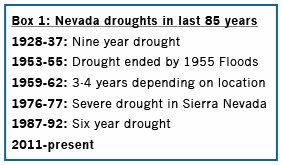 Knowing that some people deny that the climate is changing, we decided to focus on the drought as an example of the kind of weather variability that no one can deny. Major rivers in Western Nevada deliver very different amounts of water to agricultural lands in different years. In the Carson, Truckee, and Walker Rivers, for example, the total annual flow in very dry years is about one tenth as much as the total flow in a very wet year. In Nevada, multi-year droughts sometimes end with large destructive floods. Nevada has seen six multi-year droughts in the last 85 years (See Box 1). How are farmers and ranchers to plan for success given this large variability of water supply? That question became the theme for the workshops, and the audience was asked to help define “climate-smart agriculture”.
Knowing that some people deny that the climate is changing, we decided to focus on the drought as an example of the kind of weather variability that no one can deny. Major rivers in Western Nevada deliver very different amounts of water to agricultural lands in different years. In the Carson, Truckee, and Walker Rivers, for example, the total annual flow in very dry years is about one tenth as much as the total flow in a very wet year. In Nevada, multi-year droughts sometimes end with large destructive floods. Nevada has seen six multi-year droughts in the last 85 years (See Box 1). How are farmers and ranchers to plan for success given this large variability of water supply? That question became the theme for the workshops, and the audience was asked to help define “climate-smart agriculture”.
Here are some of the key messages:
- Chris Smallcomb of the NWS let us know that in November there is no way to predict whether we will have another dry year, an “average year” or a wet year.
- Jay Davison of Cooperative Extension recommended that in a dry year, alfalfa growers irrigate to establish adequate soil moisture as early as possible, continue to irrigate until their water supply ends, and avoid stretching their water over the entire growing season.
- Extension Educator Seth Urbanowitz recommended the use of soil moisture sensors to assist in meeting the Evapotranspiration (ET) needs of the crop in an efficient manner.
- Extension Range and Riparian Specialist Sherman Swanson spoke about how grazing can be managed in dry and wet years. He endorsed the concept of additional grazing in the fall after wet years, when cattle can be managed to eat dry cheatgrass in selected areas to reduce fuels, creating fuel breaks for the following fire season.
Talks will be posted on the University of Nevada Living Drought website. Read the National Weather Service Climate Prediction Center's outlook maps, graphs and timescales here.
To Read More Articles from the January 2015 Climate Hub Newsletter, click here.
